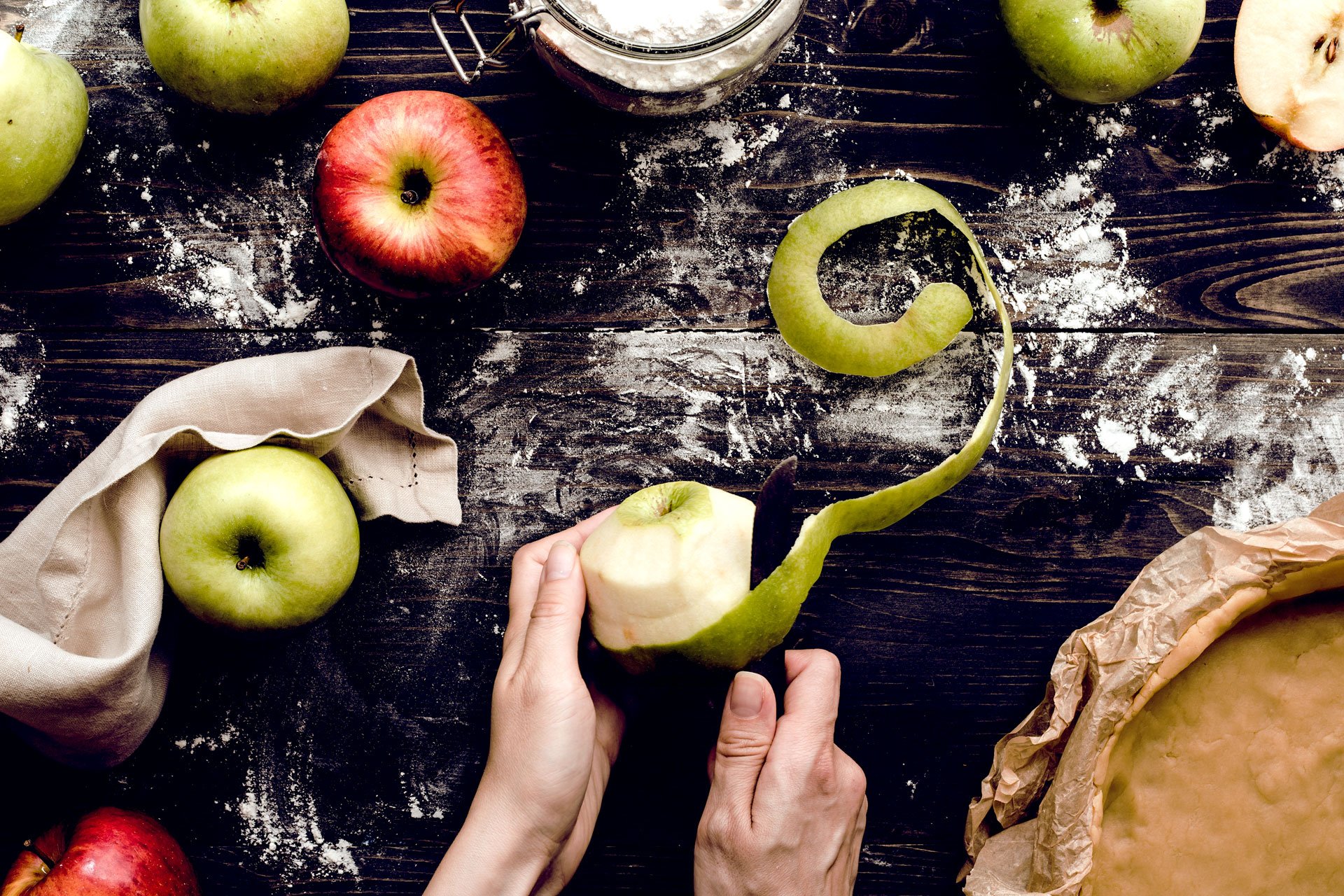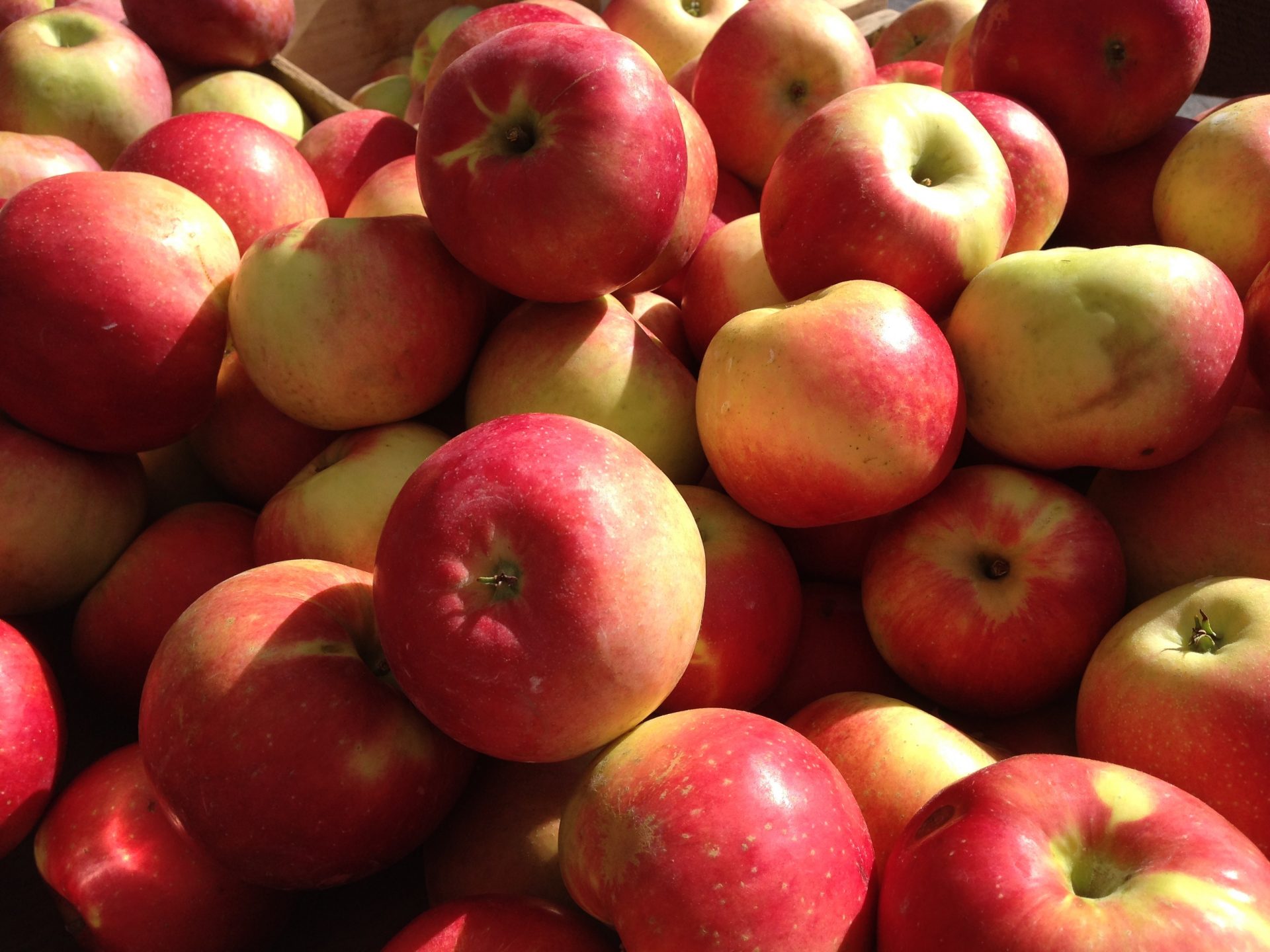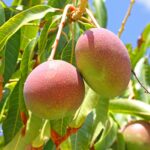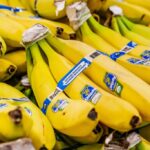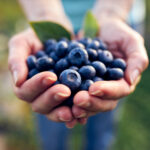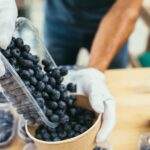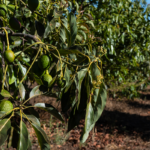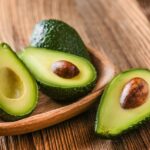Eight apple varieties you should be baking with this holiday season

The content of 'Eight apple varieties you should be baking with this holiday season' was prepared by Katherine Sacks at FoodPrint and has been revised and republished by FreshFruitPortal.com.
In the age-old battle of Granny Smith versus Honeycrisp, what if the answer is neither?
The world of apples is so much more complex than the few varieties generally found in grocery stores: apples are the third most commonly grown fruit in the world, after bananas and grapes, grown commercially in 35 states in the US and found in orchards from Alaska to Florida.













